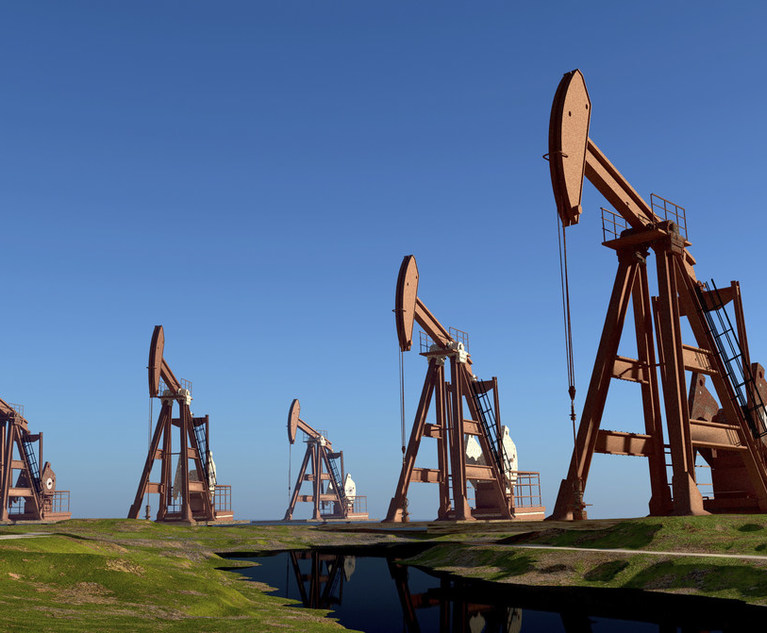Oil and gas operations don’t just produce hydrocarbons. They also produce water. Lots of it. U.S. exploration and production generates over 25 billion barrels of produced water each year. Produced water was long considered a waste liability that had to be hauled off and disposed. But thanks to technological advances, operators can now treat, recycle and reuse it. Once an albatross, produced water can now be a revenue source. And with potential income comes a renewed focus on who owns it.
Until recently, Texas surface owners were presumed to own the groundwater underneath their property. But recent changes to the Texas Natural Resources Code state that water brought to the surface incident to oil and gas drilling is the property of the person who takes possession of the fluid. Texas Natural Resources Code 122.002 states:
Unless otherwise expressly provided by an oil or gas lease, a surface use agreement, a contract, a bill of sale, or another legally binding document … when fluid oil and gas waste is produced and used by or transferred to a person who takes possession of that waste for the purpose of treating the waste for a subsequent beneficial use, the waste is considered to be the property of the person who takes possession of it for the purpose of treating the waste for subsequent beneficial use until the person transfers the waste or treated waste to another person for disposal or use.


 Pumping oil
Pumping oil




